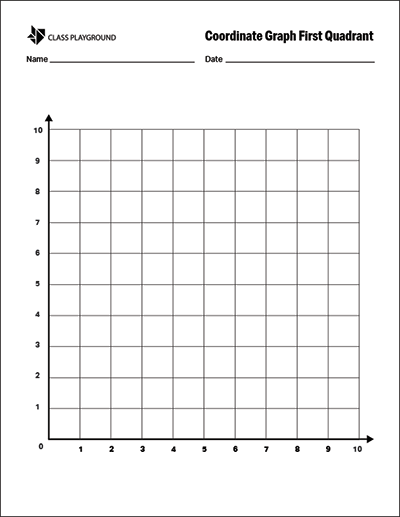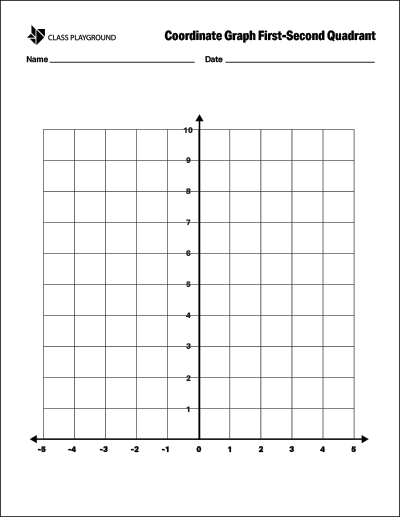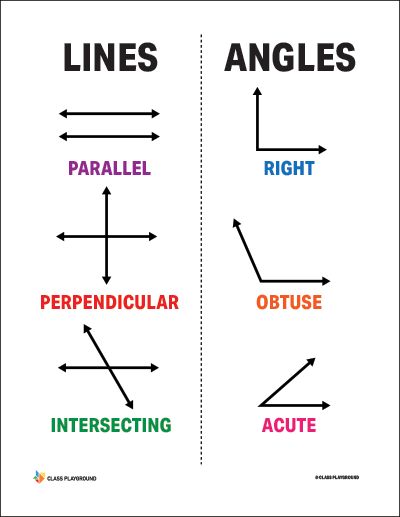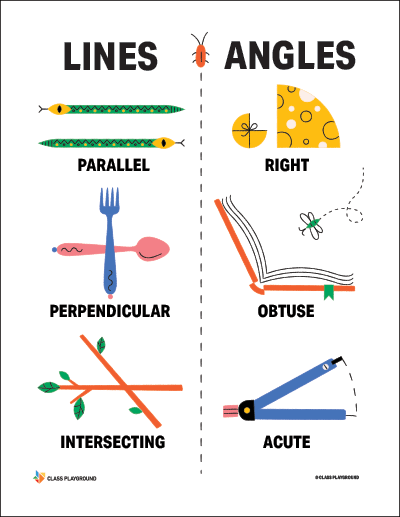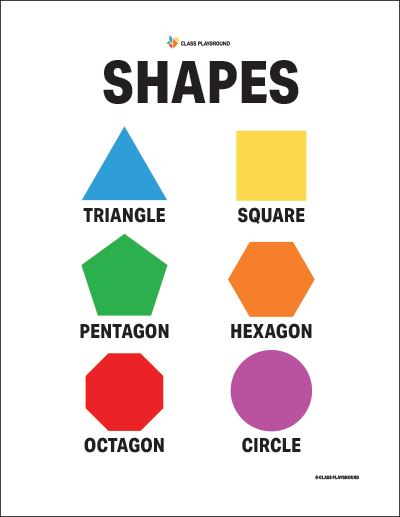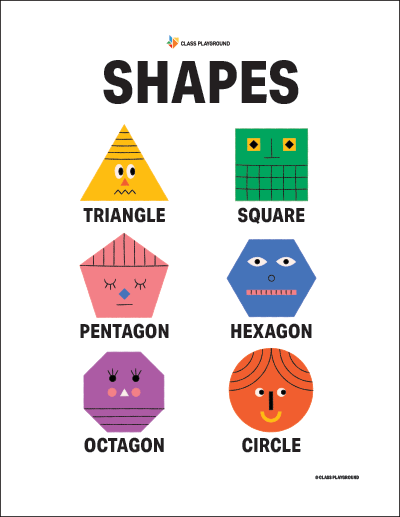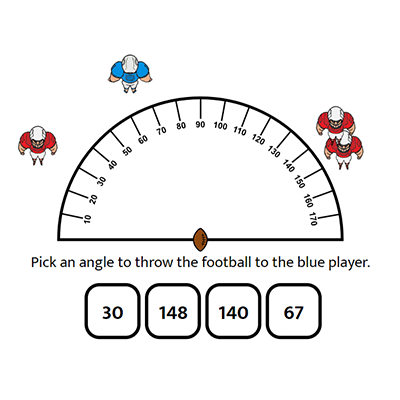What is Geometry?
Geometry is the study of shapes, sizes, patterns, and spaces. In elementary school, students begin by recognizing and naming simple two-dimensional figures like circles, squares, and triangles, and three-dimensional solids like cubes, spheres, and cylinders. As they progress, they explore more advanced concepts such as area, perimeter, volume, angles, symmetry, and coordinate graphs.
Why Teach Geometry to Elementary Students?
Introducing these ideas early builds strong math foundations:
- Develops spatial reasoning: Understanding shapes and space supports real-world tasks like reading a map, packing a suitcase, or assembling furniture.
- Enhances problem-solving: Exploring and comparing figures encourages critical thinking and logic.
- Connects to everyday life: Patterns and structures appear in buildings, art, and nature—helping students see math in the world around them.
- Prepares for advanced math: A solid grasp of geometric ideas supports higher-level math like algebra, trigonometry, and calculus.
Strategies for Teaching Geometry
Teachers can make learning shapes and space engaging and accessible by combining visuals, hands-on tools, and digital models:
- Use real-world examples: Highlight familiar objects—like stop signs (octagons), wheels (circles), and stacked oranges (pyramids)—to show how math appears in daily life.
- Emphasize visual learning: Diagrams, models, and interactive whiteboards make abstract concepts more concrete. For instance, show how to calculate the area of a triangle with a diagram or use blocks to model volume.
- Hands-on activities: Incorporate manipulatives like tangrams, blocks, or digital tools such as the Toy Theater Geoboard and the Toy Theater Coordinate Graph. These resources let students explore symmetry, polygons, and coordinate plotting interactively.
Classroom Activities
Here are some engaging ways to bring shapes and patterns into the classroom:
- Shape Hunt: Provide a list of shapes and have students find real-world examples around the room or school. They can draw or photograph what they discover.
- Shape Art: Ask students to create artwork using only geometric figures, then identify and discuss what they used.
- Geometric Construction: Using straws and connectors (or toothpicks and marshmallows), challenge students to build structures like cubes, pyramids, or bridges.
- Symmetry Drawings: Provide half-drawn symmetrical images and ask students to complete the other side, reinforcing balance and reflection.
- Area and Perimeter with Grid Paper: Have students draw figures on grid paper and calculate area and perimeter. You can also challenge them to design shapes with a specific area or perimeter.
Conclusion
Geometry helps children explore the shapes and patterns that structure both math and the real world. With real-life examples, visual models, and interactive resources like geoboards and coordinate graphs, teachers can make lessons engaging, meaningful, and fun.


